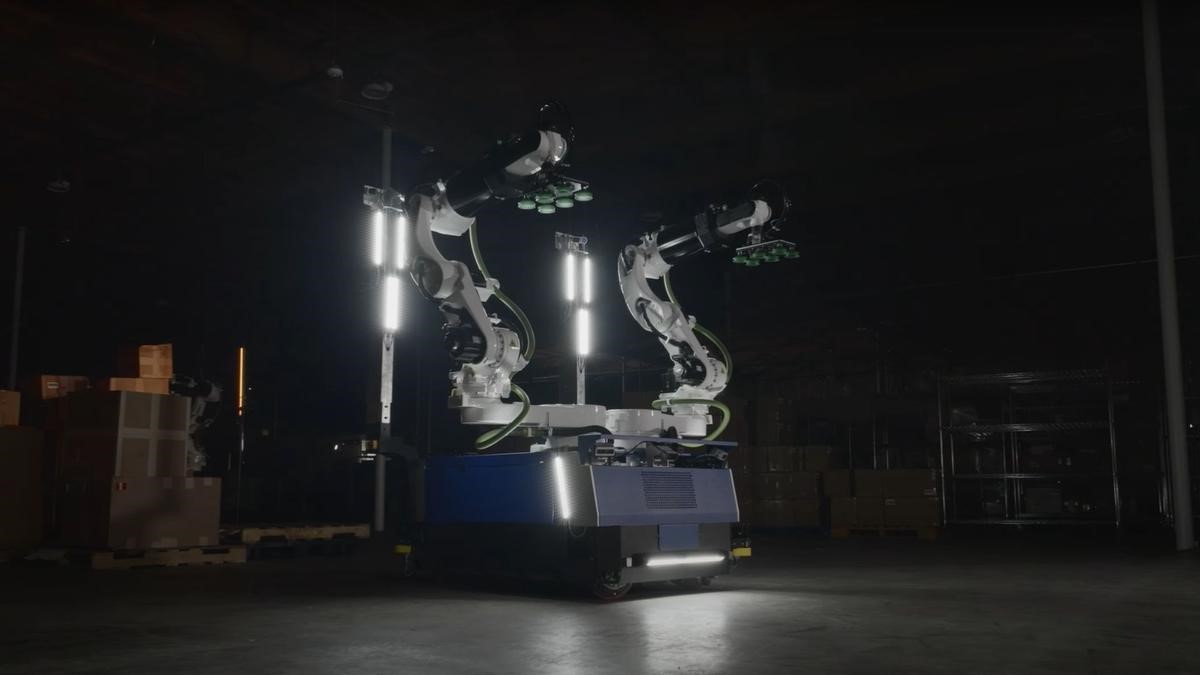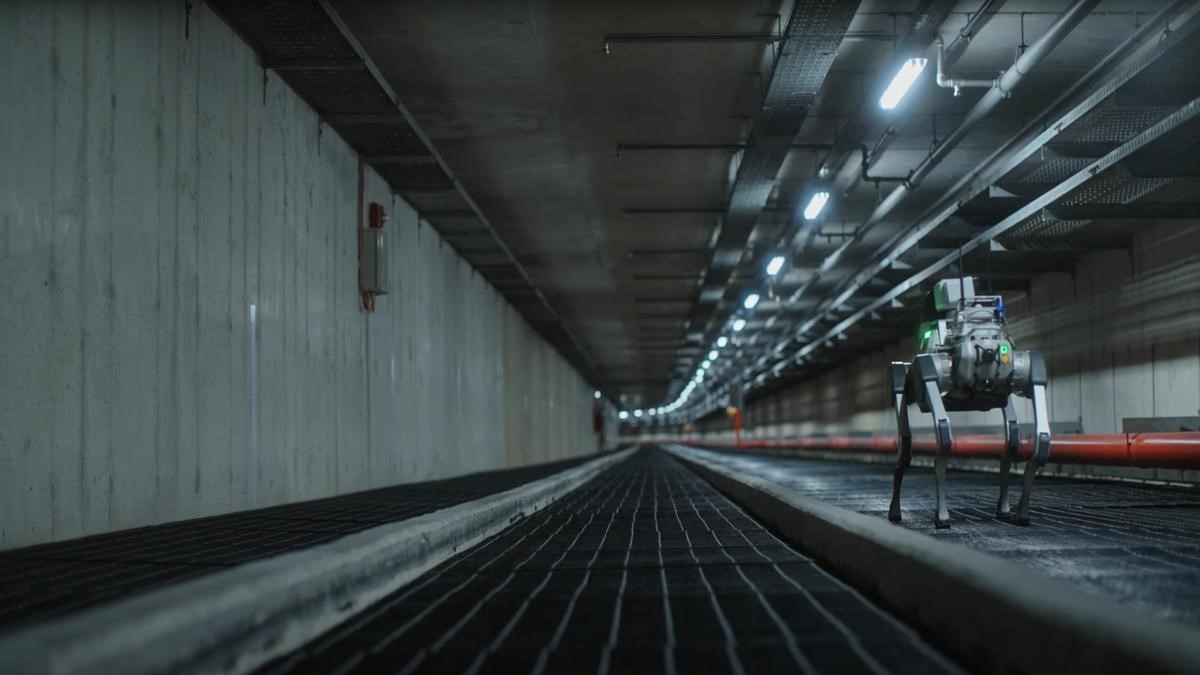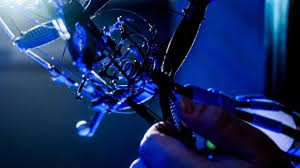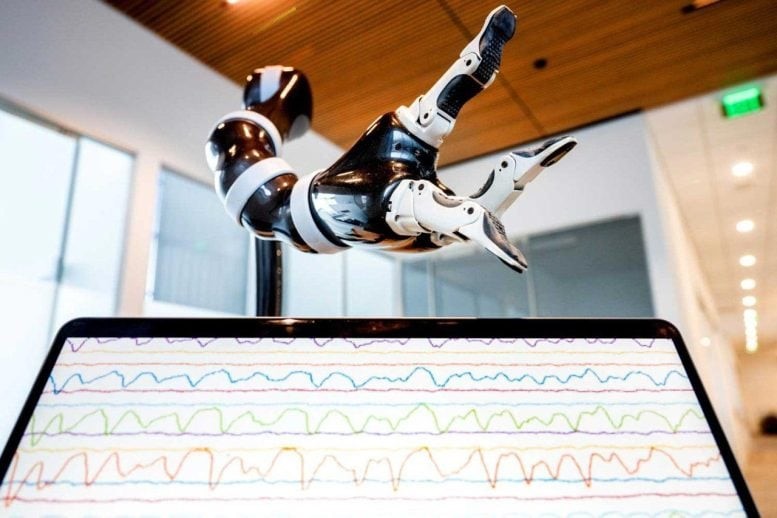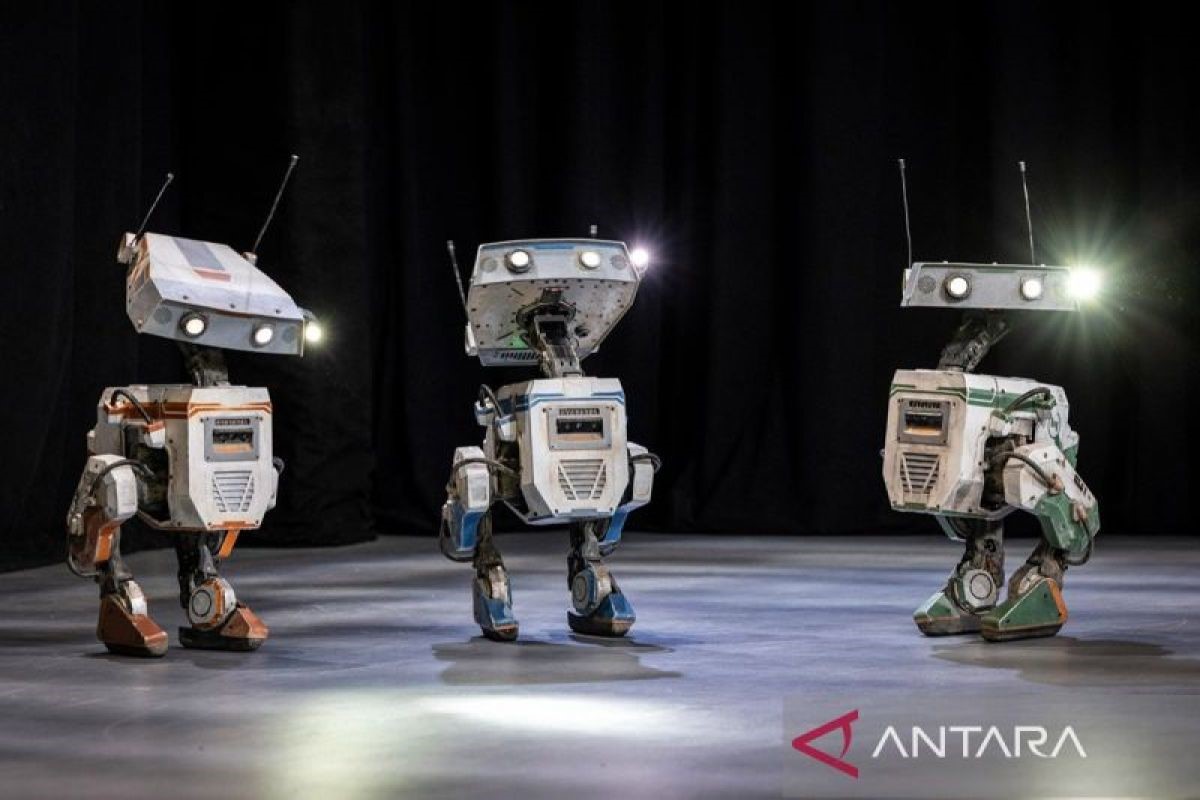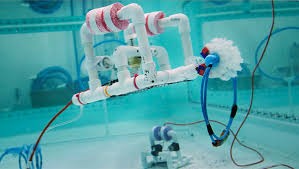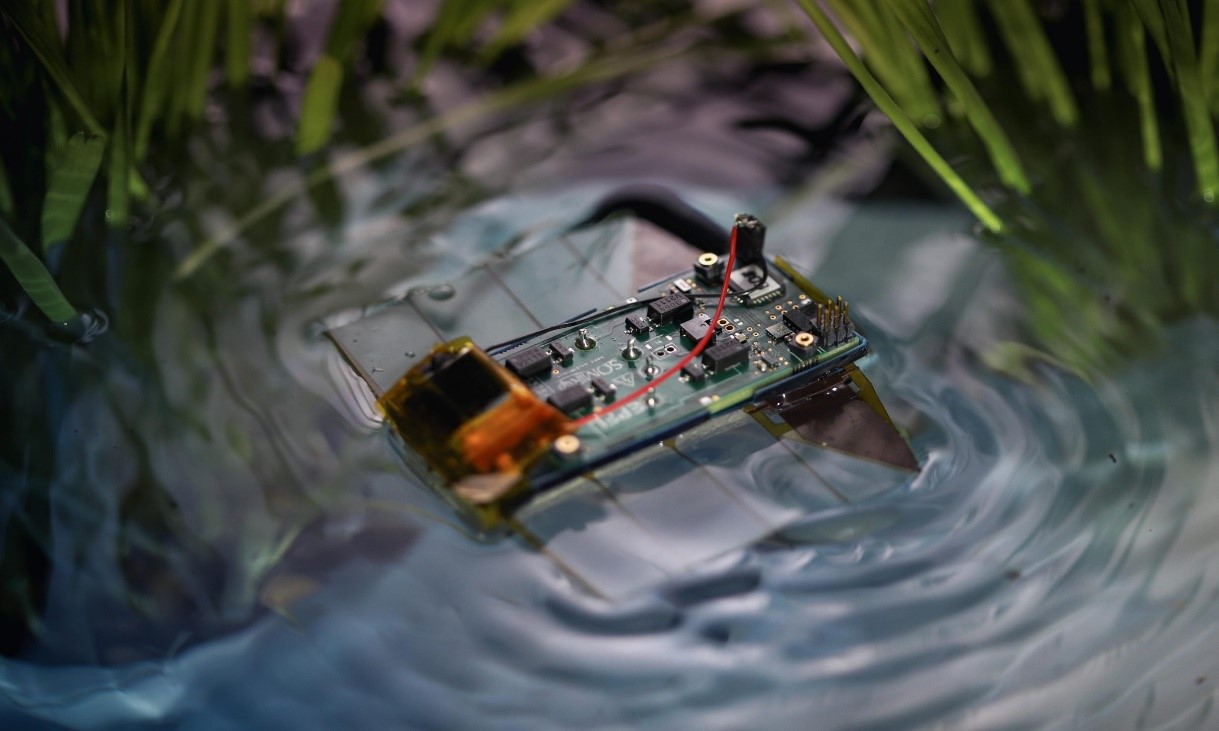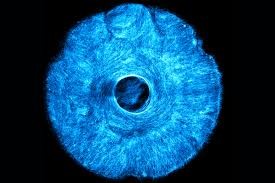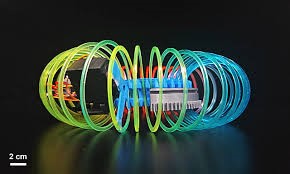Researchers Investigate the Development of Shape-Shifting, T-1000-Like Robots
Scientists have designed small robots capable of working together as a collective, dynamically changing shape and transitioning between solid and fluid-like states. This concept may remind those familiar with Terminator 2 of the formidable T-1000 robotic assassin.
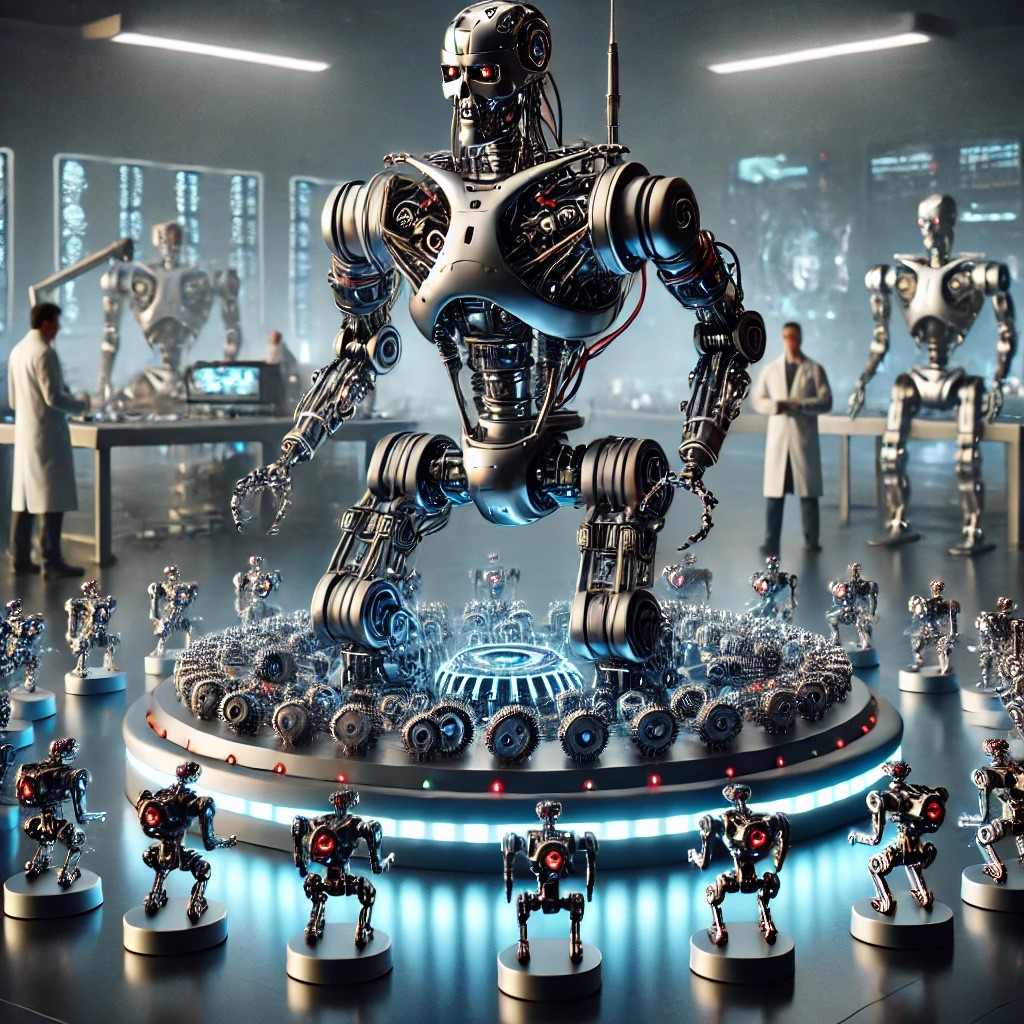
Figure 1. Exploring the Development of Shape-Shifting, T-1000-Inspired Robots.
A research team led by Matthew Devlin of UC Santa Barbara detailed their work in a recent Science publication, describing the concept of "cohesive collectives of robotic units" that can take on virtually any form and physical properties—an idea that has long fascinated both scientists and storytellers. Figure 1. Exploring the Development of Shape-Shifting, T-1000-Inspired Robots.
Otger Campàs, a professor at the Max Planck Institute of Molecular Biology and Genetics, told Ars Technica that the team drew inspiration from embryonic tissues to develop robots with similar adaptability. These robots are equipped with motorized gears for movement within the collective, magnets for cohesion, and photodetectors that enable them to receive instructions from a flashlight with a polarization filter.
Despite the innovation, Campàs emphasized that reality is still "far from the Terminator thing," as challenges related to size and power remain. Currently, the robots measure just over 5 centimeters in diameter, but researchers aim to shrink them to 1 or 2 centimeters—or even smaller.
The Vision – Science Fiction Meets Reality
For decades, science fiction has imagined robots capable of changing shape at will, from the T-1000 in Terminator 2 to advanced nanotechnology concepts. Researchers are now exploring ways to turn these fictional ideas into reality by developing small, shape-shifting robots that can work together as a collective. This article introduces the inspiration behind the research and its potential applications in medicine, construction, and beyond.
How These Robots Work – The Science Behind Shape-Shifting
Unlike traditional rigid robots, these machines rely on modular components that can transition between solid and fluid-like states. Equipped with motorized gears, magnets for connectivity, and photodetectors to receive external commands, the robots can rearrange themselves to adapt to different environments. This section delves into the key technologies enabling their movement and transformation.
Biological Inspiration – Learning from Embryonic Tissues
One of the major breakthroughs in this research comes from biology. Scientists drew inspiration from how cells in embryonic tissues work together to form complex structures. By mimicking these natural processes, researchers hope to create robots that can reorganize themselves dynamically, offering flexibility beyond traditional mechanical designs.
Challenges and Limitations – What’s Holding Shape-Shifting Robots Back?
Despite exciting progress, the development of these robots faces significant hurdles. Powering them at small scales, ensuring efficient communication between units, and improving durability remain major challenges. This section explores the technical obstacles that must be overcome before these robots can be used in real-world applications.
The Future – From Lab to Real-World Applications
What could a world with shape-shifting robots look like? From medical microbots that navigate through the human body to self-assembling construction materials, the possibilities are vast. This final installment discusses the future potential of these robots, including ongoing research and when we might see practical implementations of this technology.
Source: TC
Cite this article:
Priyadharshini S (2025),”Researchers Investigate the Development of Shape-Shifting, T-1000-Like Robots" , AnaTechMaz, pp.146


